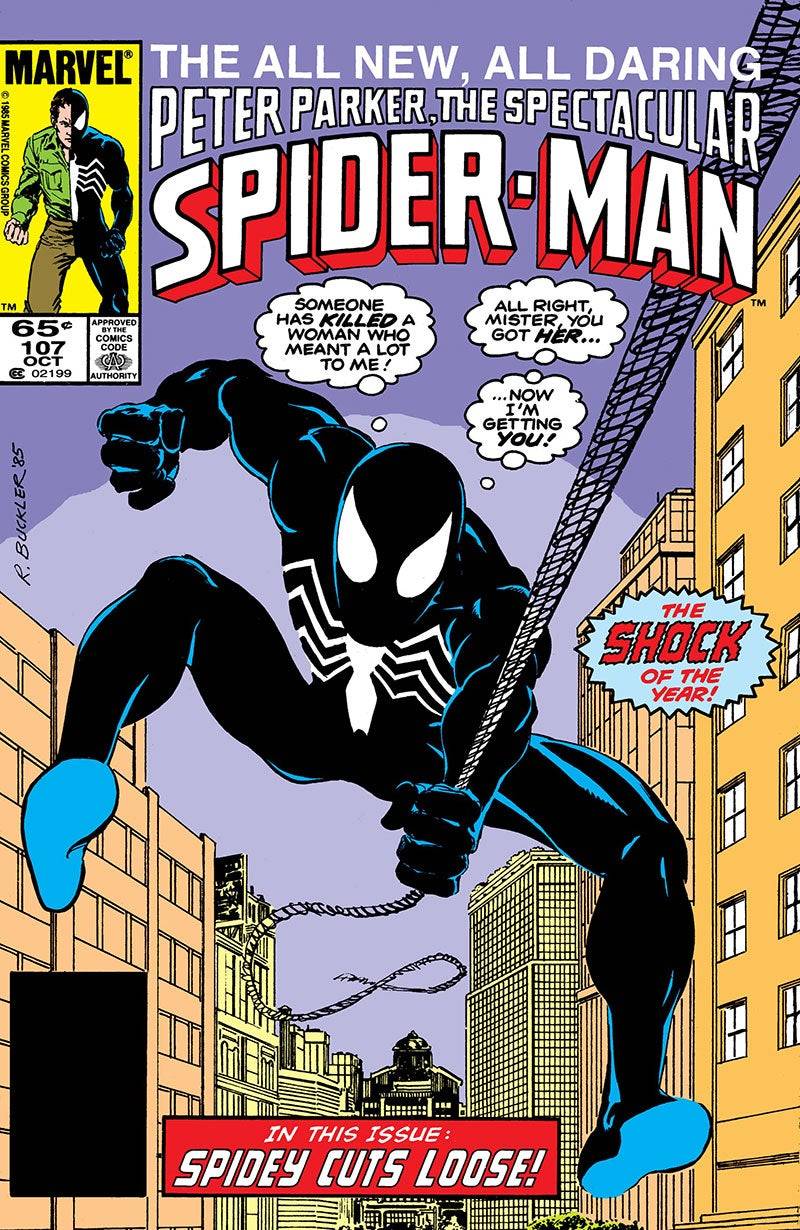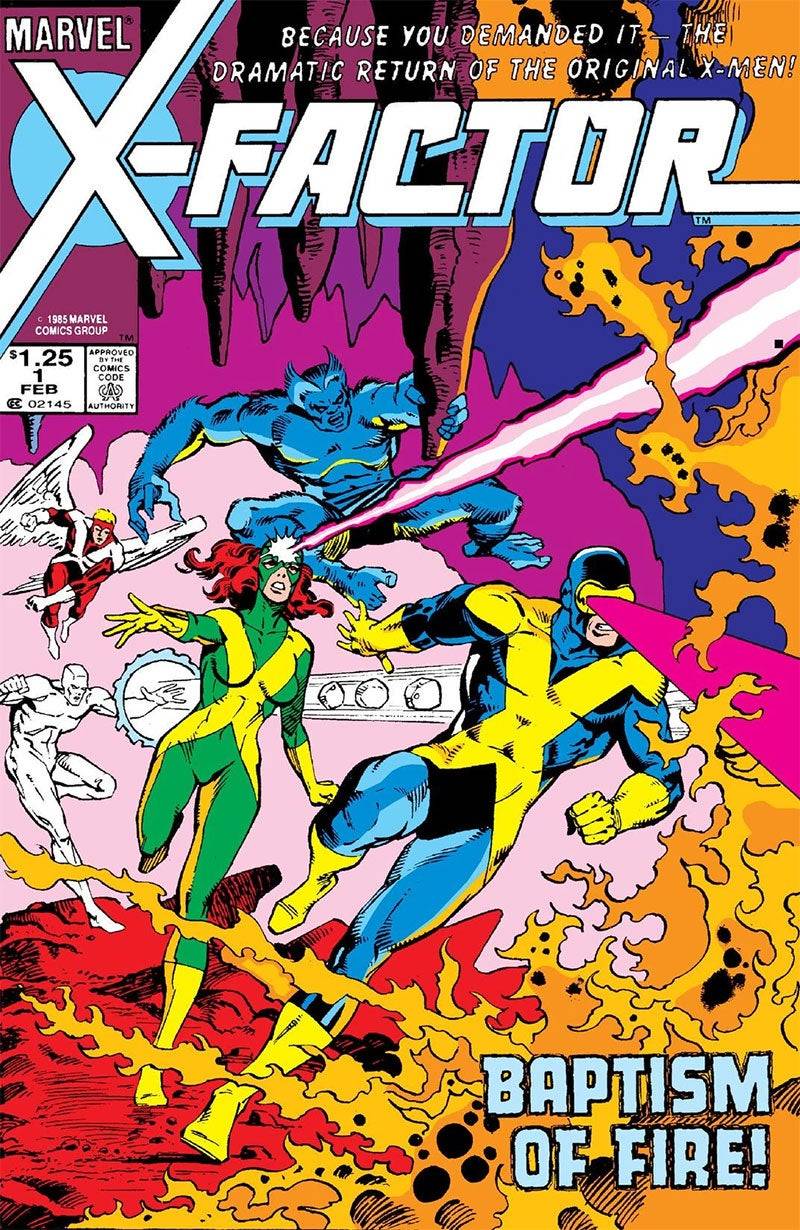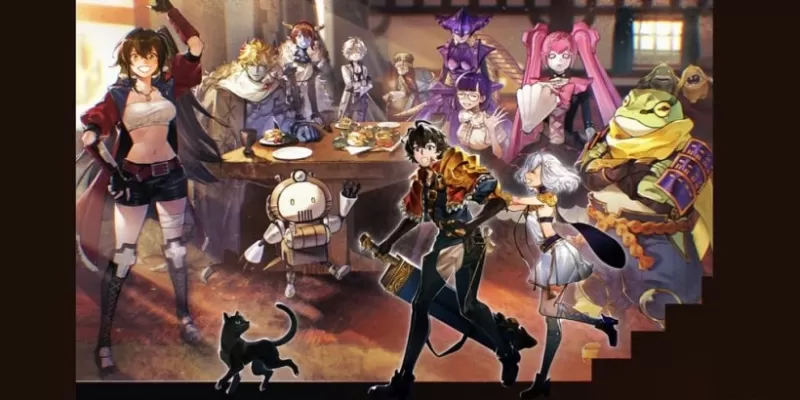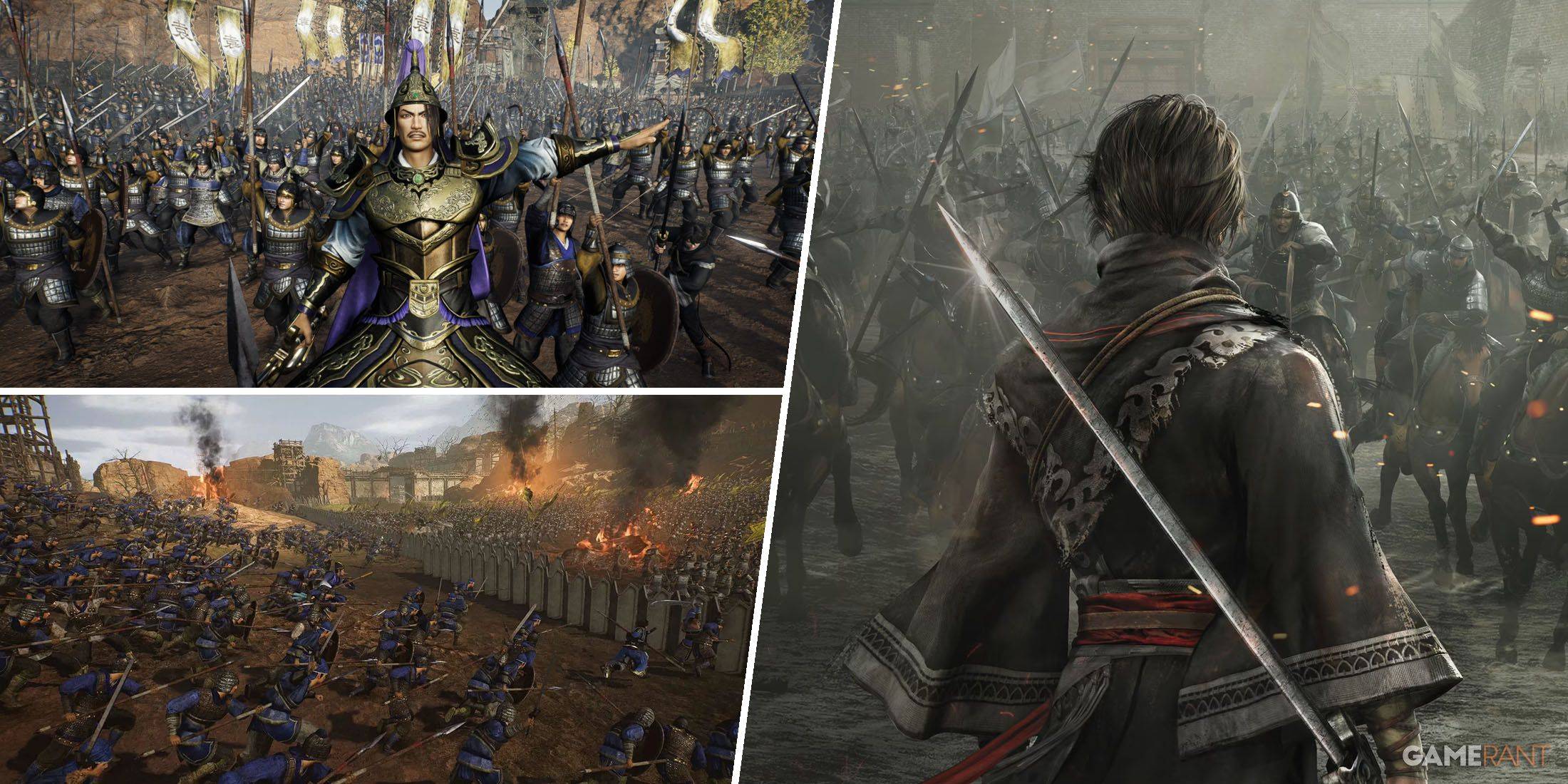The mid-1980s marked a prosperous era for Marvel, not only in terms of creativity but also financially. After overcoming the financial challenges of the late 1970s, thanks in part to the success of Star Wars, Marvel was set to revolutionize the comic industry with the release of 1984's Secret Wars. This monumental event had far-reaching effects on the Marvel Universe and the broader comic industry, setting new courses for Marvel's iconic heroes and villains that would last for years. The impact of Secret Wars was so profound that it reshaped the very fabric of comic storytelling.
This period also saw the release of other seminal stories, such as Frank Miller's Born Again arc in Daredevil, the return of Jean Grey in X-Factor, and Walt Simonson's Surtur Saga in Thor, among others. In this installment, Part 8 of our series, we delve into these pivotal narratives and other significant stories from the same timeframe. Join us as we explore the essential issues that defined Marvel during this era.
More Essential Marvel
- 1961-1963 - The Birth of a Universe
- 1964-1965 - The Sentinels Are Born and Cap Dethaws
- 1966-1969 - How Galactus Changed Marvel Forever
- 1970-1973 - The Night Gwen Stacy Died
- 1974-1976 - The Punisher Begins His War on Crime
- 1977-1979 - Star Wars Saves Marvel From Bankruptcy
- 1980-1982 - Did the Dark Phoenix Saga Usher in the Greatest Decade for Marvel?
- Frank Miller's Born Again and Walt Simonson's Surtur Saga
Frank Miller's Born Again and Walt Simonson's Surtur Saga
For some of the most celebrated storylines of this era, one cannot overlook Born Again, Frank Miller's return to writing Daredevil. This time, he was joined by artist David Mazzuchelli for the arc that spans Daredevil #227-233. Widely regarded as one of the definitive Daredevil stories, Born Again follows the harrowing journey of Matt Murdock after his secret identity is sold by a drug-addicted Karen Page and ends up in the hands of the Kingpin. Stripped of everything, Matt hits rock bottom but finds redemption through his mother, a nun named Maggie. The narrative of his gradual return to being Daredevil, juxtaposed with the Kingpin's descent into obsession, crafts a compelling tale that was later adapted into Season 3 of Netflix’s Daredevil and inspired the title of the upcoming Disney+ series, Daredevil: Born Again.

Simultaneously, Walt Simonson's tenure as writer-artist on Thor beginning with issue #337 introduced fans to Beta Ray Bill, an alien worthy of wielding Mjolnir. Simonson's work infused Thor's comic with a renewed sense of mythic fantasy, culminating in the epic Surtur Saga from #340-353. This saga involves the fire demon Surtur's quest to bring about Ragnarok with the Twilight Sword, sending Malekith the Accursed to battle Thor. The climax features an epic confrontation with Thor, Loki, and Odin united against Surtur. Elements of this saga were later adapted into the films Thor: The Dark World and Thor: Ragnarok.
Secret Wars Changes Comics Forever
As discussed in Part 4 of our series, the Avengers/Defenders War of 1973 laid the groundwork for the event crossovers that became a staple of Marvel and DC. This trend came to fruition in 1984 with the release of Secret Wars, a 12-issue miniseries penned by Jim Shooter and illustrated by Mike Zeck and Bob Layton. Conceived as part of a marketing strategy with Mattel, Secret Wars features the Beyonder transporting various Marvel heroes and villains to Battleworld to determine the supremacy of good versus evil. The series, while popular for its expansive cast and universe-altering repercussions, is often critiqued for its focus on action over character depth. However, its impact on the comic industry is undeniable, paving the way for subsequent event series like Secret Wars II and DC's Crisis on Infinite Earths.

Spider-Man’s Symbiote Suit and Other Iconic Spidey Stories
Following the foundational runs of Stan Lee and Gerry Conway, Roger Stern took the helm of Amazing Spider-Man starting with issue #224. Stern's tenure saw the introduction of the Hobgoblin in issue #238, who quickly became one of Spider-Man's most formidable adversaries. Although Stern's original storyline was cut short due to editorial interference, he later returned to resolve the mystery in the 1997 miniseries Spider-Man: Hobgoblin Lives.
Concurrently, Amazing Spider-Man #252 introduced Spider-Man's iconic black symbiote costume, which originated in Secret Wars #8. This costume sparked a significant subplot leading to the emergence of one of Spider-Man's most popular villains. The symbiote saga has been adapted numerous times across various media, including Sam Raimi's Spider-Man 3 and Insomniac's Spider-Man 2. Another notable story from this period is The Death of Jean DeWolff in Spectacular Spider-Man #107-110, a darker tale involving Spider-Man's pursuit of the Sin-Eater and his conflict with Daredevil.

Jean Grey Returns, the Rise of Apocalypse, and Other Mutant Landmarks
The mid-1980s were also a transformative time for Marvel's mutants. Vision and the Scarlet Witch #4 confirmed Magneto as the father of Quicksilver and Scarlet Witch, a revelation that remained canon for decades. X-Men #171 saw Rogue's transition from villain to hero, joining the X-Men and becoming a fan-favorite. Similarly, X-Men #200 marked Magneto's shift to a more heroic role, taking charge of Xavier's School for the Gifted.
The most significant mutant developments were the resurrection of Jean Grey and the introduction of Apocalypse. Jean Grey's return was detailed in Avengers #263 and Fantastic Four #286, leading to the formation of X-Factor with the original X-Men members. X-Factor #5-6 introduced Apocalypse, an ancient mutant enhanced by Celestial technology, who became a central antagonist in the X-Men universe and a staple in various adaptations, including the 2016 film X-Men: Apocalypse.









